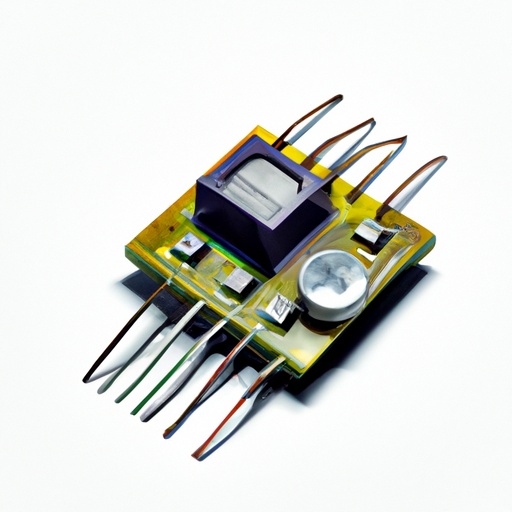The mainstream production process for a DC converter involves several key steps that are essential for creating a high-quality and reliable product. DC converters are used in a wide range of applications, from power supplies for electronic devices to renewable energy systems. Understanding the production process is crucial for ensuring that the final product meets the required specifications and performance standards.

Once the design phase is complete, the next step is the prototyping stage. During this stage, a prototype of the DC converter is built and tested to ensure that it meets the specified requirements. This may involve testing the converter under different operating conditions, such as varying input voltages and loads, to verify its performance and reliability.
After the prototype has been successfully tested and validated, the next step is the production phase. This involves setting up the manufacturing process for producing the DC converters in large quantities. The production process typically involves several key steps, including:
1. Component procurement: The first step in the production process is to procure the necessary components for building the DC converters. This may involve sourcing components from various suppliers and ensuring that they meet the required specifications and quality standards.
2. PCB assembly: The next step is to assemble the printed circuit board (PCB) that will be used in the DC converter. This involves mounting the components onto the PCB using automated assembly equipment, such as pick-and-place machines and reflow soldering ovens.
3. Testing and quality control: Once the PCB has been assembled, the next step is to test the DC converter to ensure that it meets the specified requirements. This may involve testing the converter under different operating conditions, such as varying input voltages and loads, to verify its performance and reliability. Quality control measures are also implemented to ensure that the final product meets the required quality standards.
4. Enclosure assembly: After the PCB has been tested and validated, the next step is to assemble the enclosure for the DC converter. This may involve mounting the PCB inside a metal or plastic enclosure, as well as installing any necessary connectors, switches, and indicators.
5. Final testing and packaging: The final step in the production process is to perform a final round of testing on the assembled DC converter to ensure that it meets the required specifications and performance standards. Once the converter has been tested and validated, it is packaged and prepared for shipment to customers.
Overall, the production process for a DC converter involves several key steps that are essential for creating a high-quality and reliable product. By following a systematic approach to design, prototyping, production, and testing, manufacturers can ensure that their DC converters meet the required specifications and performance standards, and provide reliable power conversion solutions for a wide range of applications.
The mainstream production process for a DC converter involves several key steps that are essential for creating a high-quality and reliable product. DC converters are used in a wide range of applications, from power supplies for electronic devices to renewable energy systems. Understanding the production process is crucial for ensuring that the final product meets the required specifications and performance standards.

Once the design phase is complete, the next step is the prototyping stage. During this stage, a prototype of the DC converter is built and tested to ensure that it meets the specified requirements. This may involve testing the converter under different operating conditions, such as varying input voltages and loads, to verify its performance and reliability.
After the prototype has been successfully tested and validated, the next step is the production phase. This involves setting up the manufacturing process for producing the DC converters in large quantities. The production process typically involves several key steps, including:
1. Component procurement: The first step in the production process is to procure the necessary components for building the DC converters. This may involve sourcing components from various suppliers and ensuring that they meet the required specifications and quality standards.
2. PCB assembly: The next step is to assemble the printed circuit board (PCB) that will be used in the DC converter. This involves mounting the components onto the PCB using automated assembly equipment, such as pick-and-place machines and reflow soldering ovens.
3. Testing and quality control: Once the PCB has been assembled, the next step is to test the DC converter to ensure that it meets the specified requirements. This may involve testing the converter under different operating conditions, such as varying input voltages and loads, to verify its performance and reliability. Quality control measures are also implemented to ensure that the final product meets the required quality standards.
4. Enclosure assembly: After the PCB has been tested and validated, the next step is to assemble the enclosure for the DC converter. This may involve mounting the PCB inside a metal or plastic enclosure, as well as installing any necessary connectors, switches, and indicators.
5. Final testing and packaging: The final step in the production process is to perform a final round of testing on the assembled DC converter to ensure that it meets the required specifications and performance standards. Once the converter has been tested and validated, it is packaged and prepared for shipment to customers.
Overall, the production process for a DC converter involves several key steps that are essential for creating a high-quality and reliable product. By following a systematic approach to design, prototyping, production, and testing, manufacturers can ensure that their DC converters meet the required specifications and performance standards, and provide reliable power conversion solutions for a wide range of applications.